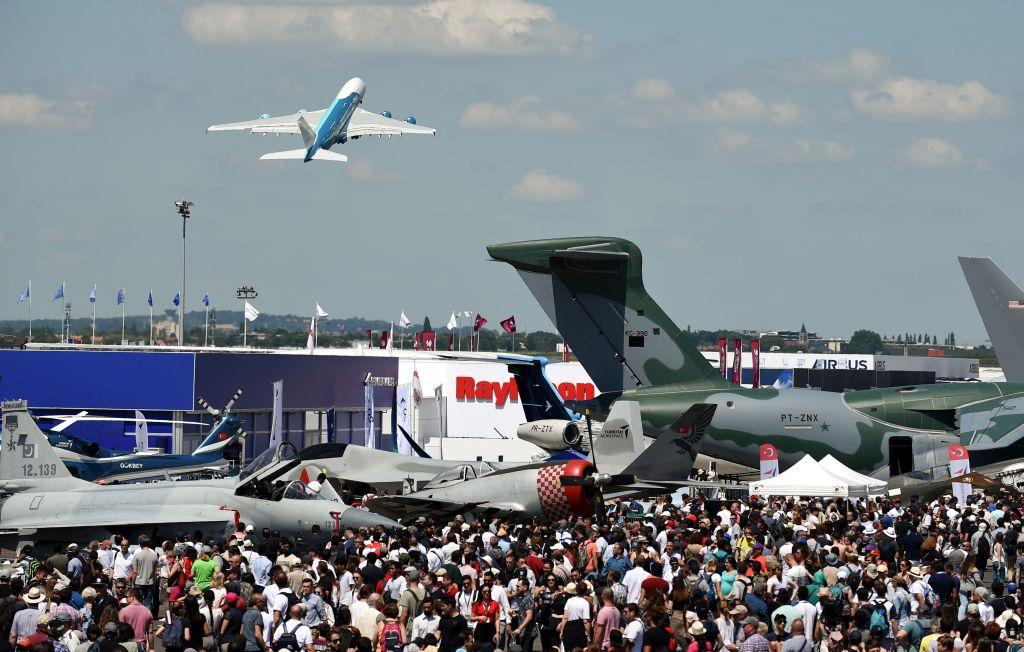
Paris Air Show was last held in 2019.
Credit: Eric Piermont/AFP/Getty Images
PARIS—The French aerospace industry’s lobby group GIFAS is trying to help its members overcome unprecedented difficulties in hiring. As the parent company of Paris Air Show organizer SIAE, GIFAS is putting an emphasis on harnessing this year’s edition of the show—running June 19-25—to promote...
Subscription Required
This content requires a subscription to one of the Aviation Week Intelligence Network (AWIN) bundles.
Schedule a demo today to find out how you can access this content and similar content related to your area of the global aviation industry.
Already an AWIN subscriber? Login
Did you know? Aviation Week has won top honors multiple times in the Jesse H. Neal National Business Journalism Awards, the business-to-business media equivalent of the Pulitzer Prizes.





